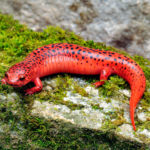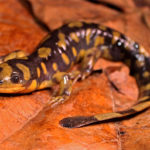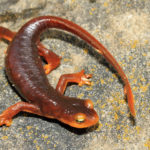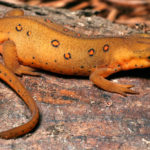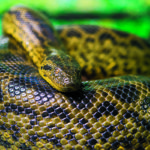Difference between newt and salamander
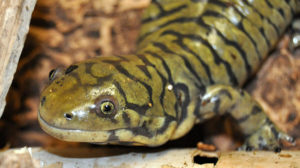 Taxonomically (in terms of evolutionary taxonomy) there isn’t any difference. The Salamander family includes animals with the names Lusitanian salamander, fiery salamander, fiery-bellied newt, Californian newt, East American Triton, Corsican mountain newt (or Corsican mountain salamander).
Taxonomically (in terms of evolutionary taxonomy) there isn’t any difference. The Salamander family includes animals with the names Lusitanian salamander, fiery salamander, fiery-bellied newt, Californian newt, East American Triton, Corsican mountain newt (or Corsican mountain salamander).
Some herpetologists argue that the term “salamander” refers to both salamanders and newts, but the newts spend more time on the ground, while the salamanders gravitate toward the water. Neutenia are usually called salamanders (for example, proteins are considered salamanders).
Sometimes an animal with furrows and grooves on the sides (between the front and hind legs – rib grooves) is called a salamander, and an animal with rough tuberous skin is a newt.
Tritons live in water – everyone will say it. In the pond or just in the ditch – who did not see the newts! Harmless, in general, they are cute, they slip slowly between the leaves of aquatic plants, lie on the silt, spreading their legs, as if in lazy thoughtfulness. The air will swallow and, letting the air bubble, go vertically down, vigorously working the tail.




